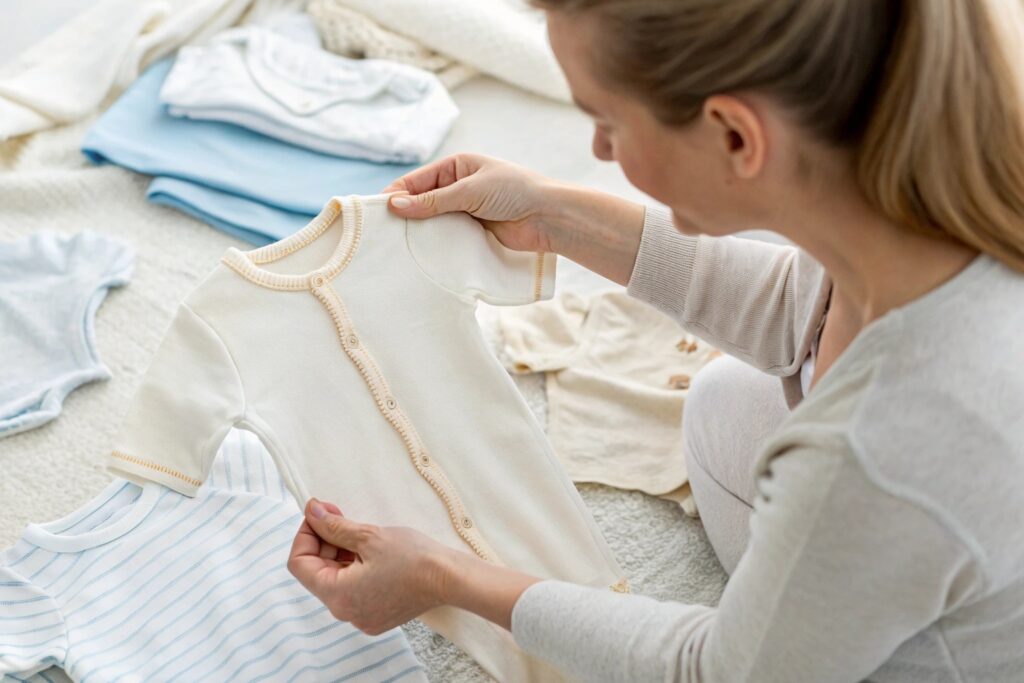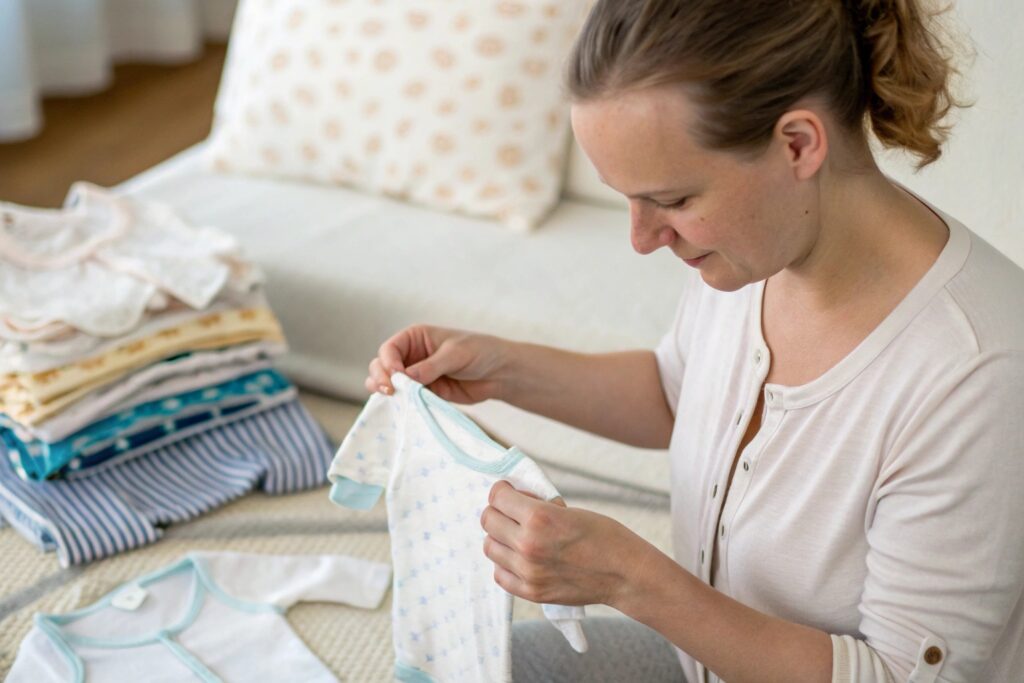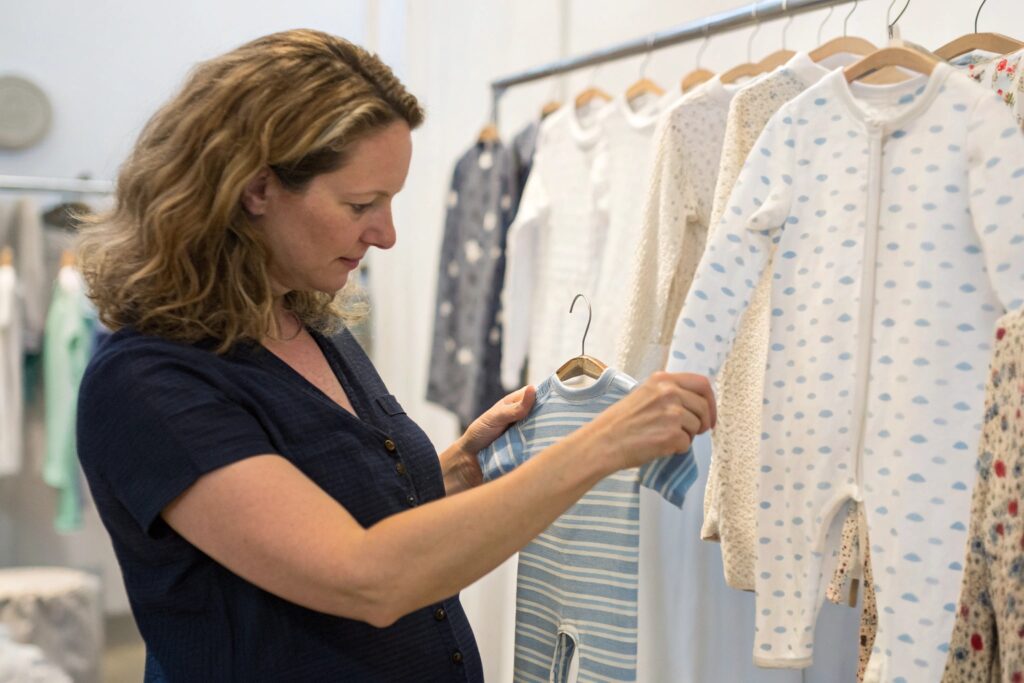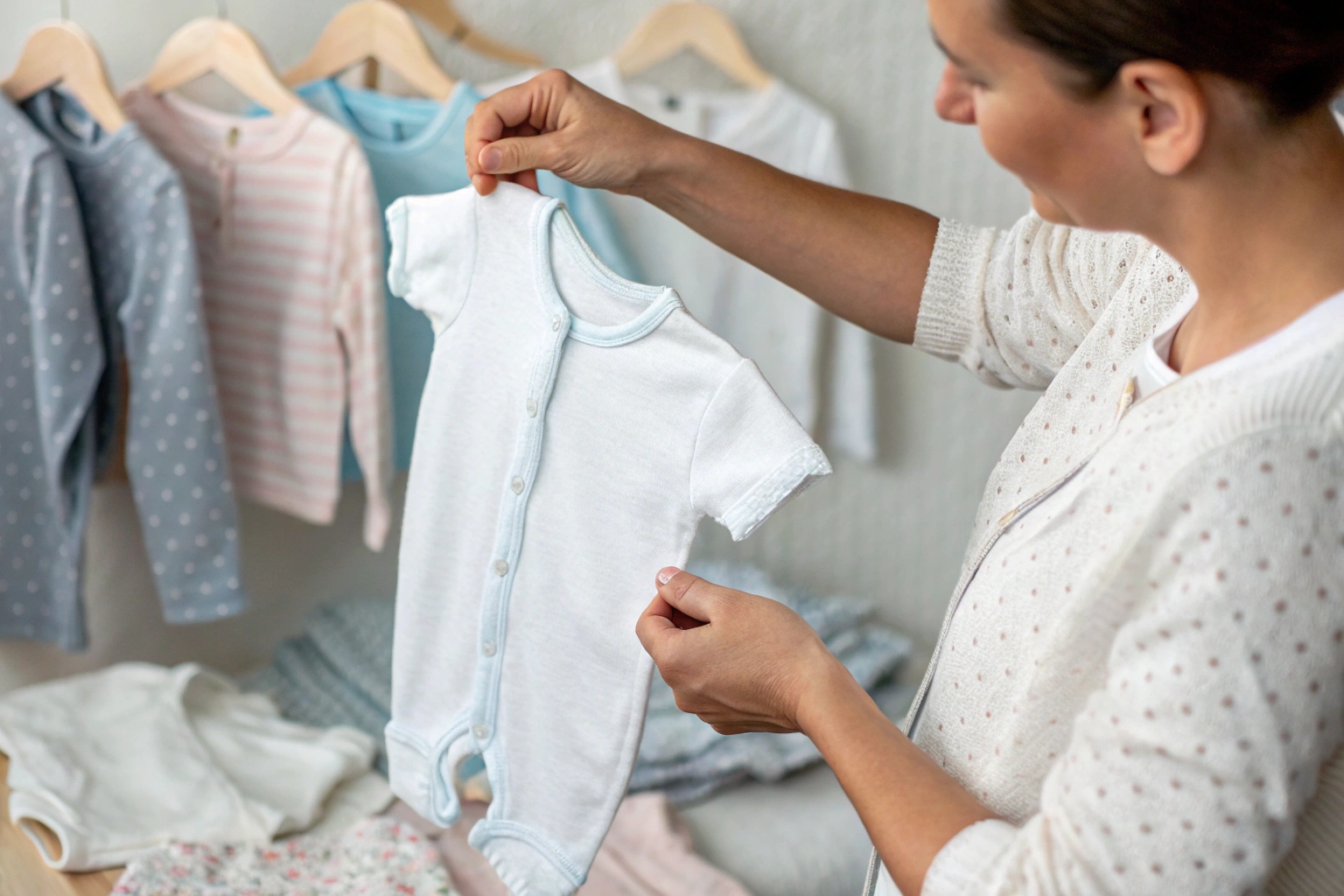For babies, comfort isn’t a luxury—it’s a need. Their skin is delicate, thin, and more absorbent than adults’, which means every stitch and fiber matters. Parents today are not only looking for soft clothing, but clothing that actively protects their little ones from irritation, allergens, and harmful chemicals.
Skin-friendly babywear is crafted from hypoallergenic materials, responsibly processed fabrics, thoughtful designs, and verified certifications to ensure it’s as gentle as possible on newborn and infant skin.
Here’s what it really takes to create babywear that parents trust and babies love to wear.
How to Choose Hypoallergenic and Non-Toxic Fabrics?
The foundation of skin-safe baby clothing is the fabric. From body temperature regulation to friction during movement, the wrong fabric can cause rashes, allergic reactions, and sleepless nights.
Hypoallergenic babywear starts with breathable, natural fibers that are free from harsh dyes, heavy metals, and chemical treatments.

Best materials for skin-friendly babywear:
| Fabric Type | Skin-Safe Features |
|---|---|
| Organic Cotton | Grown without pesticides, breathable, soft |
| Bamboo Viscose | Antibacterial, ultra-soft, moisture-wicking |
| TENCEL™ Modal | Silky smooth, biodegradable, gentle drape |
| Unbleached Linen (for older babies) | Light, airy, and naturally antibacterial |
What to avoid:
- Polyester and poly blends (trap heat, non-breathable)
- Wool blends (can be scratchy or cause allergic reactions)
- Synthetic fleece (non-breathable, may shed microplastics)
- Any fabric labeled “wrinkle-resistant” or “flame-retardant” (often chemically treated)
Choose fabrics that let the skin breathe and are as close to natural as possible.
Why Organic Certifications Matter for Baby Skin Safety?
Even natural fabrics like cotton aren’t safe by default. Conventionally grown cotton may retain pesticide residue, and dyed garments may carry allergenic compounds.
That’s why internationally recognized certifications like GOTS and OEKO-TEX® are essential—they guarantee safety from fiber to final garment.

What these labels ensure:
| Certification | What It Covers |
|---|---|
| GOTS (Global Organic Textile Standard) | Verifies organic fiber content, non-toxic processing, and ethical production |
| OEKO-TEX® Standard 100 | Tests final fabric for over 100 harmful substances, including heavy metals, formaldehyde, and toxic dyes |
These certifications ensure:
- No carcinogenic azo dyes
- No formaldehyde-based finishes
- Safe pH balance for skin contact
- No nickel or heavy metals in fasteners
For parents, these labels represent peace of mind—and for brands, they signal care and transparency.
What Finishing Processes Can Irritate or Protect Skin?
The feel of a fabric comes not only from the fiber but from how it’s washed, dyed, softened, and finished. Even the softest cotton can become harmful if chemically treated.
To create skin-friendly babywear, finishing processes must avoid harsh chemicals and instead use natural, mechanical, or enzyme-based techniques.

Harmful finishes to avoid:
| Finish Type | Why It’s Risky |
|---|---|
| Formaldehyde-based anti-wrinkle | Linked to skin allergies, respiratory irritation |
| Azo dye compounds | May release carcinogenic amines |
| Flame retardants | Often use brominated or phosphate chemicals |
| Chlorine bleach | Harsh on fibers and skin |
Skin-friendly alternatives:
- Enzyme-washed or pre-washed fabrics – softens naturally
- Reactive dyes or plant-based pigments – better for sensitive skin
- Non-toxic softeners like soy or aloe-based treatments
- Mechanical brushing or peaching – adds softness without chemicals
Finishing is where good fabric can either shine—or be ruined. Always ask suppliers for finishing method transparency.
Tips for Designing Seamless, Gentle, and Breathable Babywear?
Even with the right fabric and finish, poor design can still cause discomfort. Seams, labels, elastics, and fit all play a role in babywear comfort.
Skin-friendly design means avoiding friction points, allowing airflow, and ensuring unrestricted movement.

Design practices for sensitive-skin babywear:
| Design Element | Skin-Friendly Alternative |
|---|---|
| Inside seams | Flatlock seams or outside-seamed construction |
| Care labels | Printed tags or heat transfers (tagless) |
| Waistbands and cuffs | Covered elastics or soft foldover fabric |
| Snaps and zippers | Nickel-free fasteners, concealed zippers |
| Sleeve and neck binding | Use soft rib cotton, no raw or stiff edges |
Breathability tips:
- Avoid over-layering: one soft base layer > multiple synthetics
- Choose loose fits for summer, snug (but stretchable) fits for sleep
- Focus on ventilation zones like underarms, diaper line, and neckline
Small details—like a hidden seam or scratch-free collar—make a big difference in a baby’s daily comfort.
Conclusion
Creating skin-friendly babywear is a thoughtful, multi-step process. From organic fabric sourcing and non-toxic dyeing to seamless designs and strict certifications, every element matters. For parents seeking safety and comfort—and brands committed to quality—skin-first design is the standard, not the exception.










